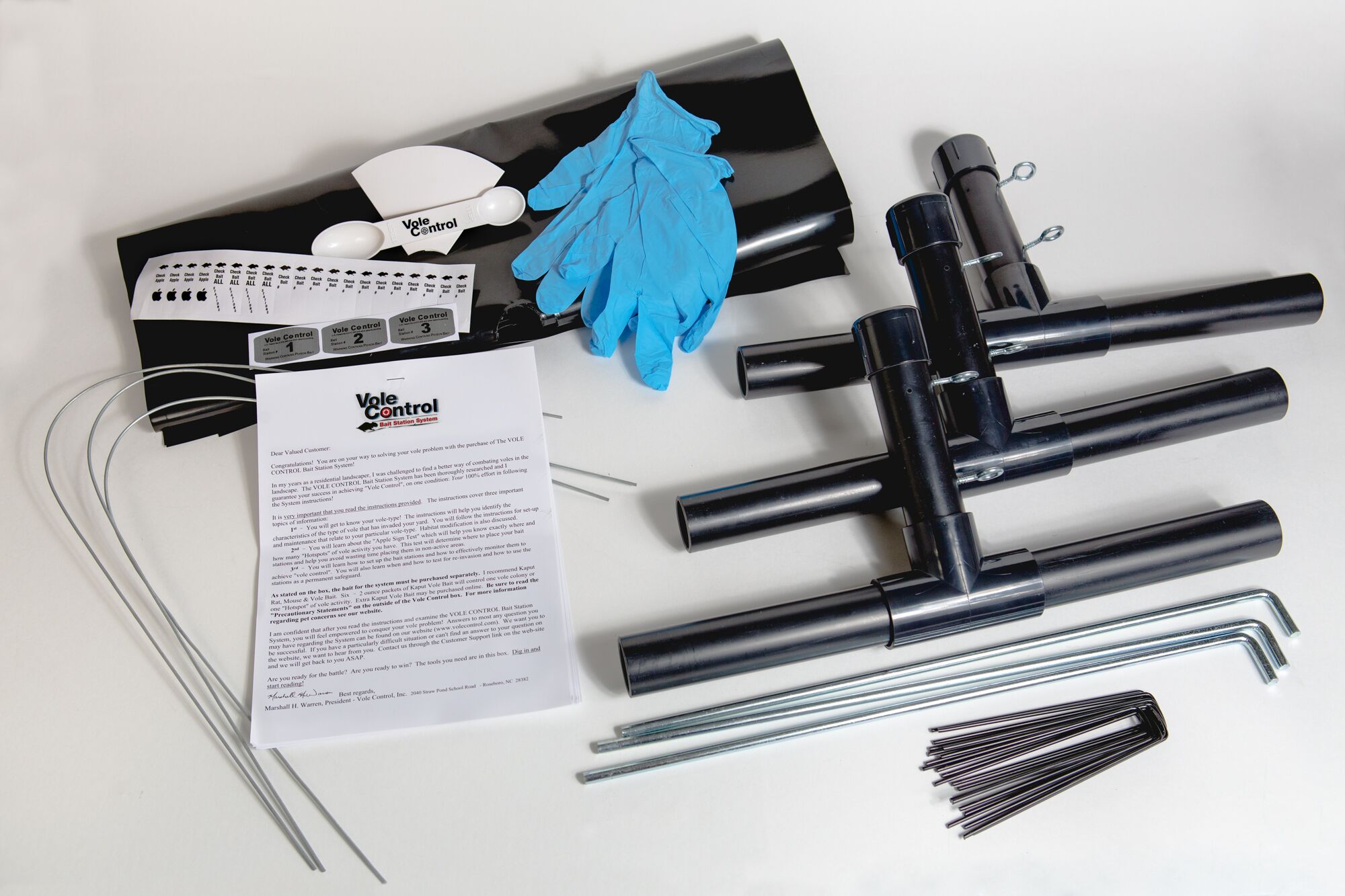Handling Vole Damage: Effective Control Approaches
Handling Vole Damage: Effective Control Approaches
Blog Article
Comprehensive Guide to Efficient Vole Parasite Control: Invasion Recognition and Therapy Methods
In the world of reliable bug control, vole problems present an one-of-a-kind difficulty that requires a critical technique. By checking out the subtleties of vole behavior, understanding key signs of problem, and examining a variety of control alternatives, one can create a thorough technique to deal with these evasive insects.
Comprehending Vole Habits
Vole habits is identified by their delving behaviors and rapid reproduction rates, making them a tough parasite to regulate efficiently. These small rats typically create detailed passage systems underground, using them for shelter, food storage space, and transportation. Voles are herbivores, eating a selection of plants, bulbs, grasses, and roots, which can trigger substantial damage to yards, orchards, and lawns. Their fast reproductive rate additional complicates control initiatives, with women capable of creating numerous litters in a single year, each including several spawn.
Voles are most energetic during the morning and night hours, spending most of their time foraging for food. Their burrowing behaviors not only disrupt grass and yards but also make them challenging to remove and identify. Understanding vole habits is important for effective insect control methods. By determining their burrow areas, keeping an eye on feeding areas, and carrying out targeted control techniques, such as capturing or environment alteration, vole invasions can be taken care of efficiently.
Indicators of Vole Problem

Prevention Strategies
Implementing efficient prevention techniques is crucial in decreasing vole infestations and safeguarding vegetation from their devastating feeding habits. To prevent vole invasions, it is necessary to begin by removing prospective food sources and shelter.
Regularly inspecting the building for signs of vole task, such as paths and delve openings, is important for early discovery and punctual activity. If vole task is believed, take into consideration making use of repellents or catches strategically put near their paths.
Non-Lethal Control Techniques
To effectively manage vole populations while prioritizing gentle methods, non-lethal control techniques use sensible options for minimizing vole damage in gardens and landscapes. These obstacles can be hidden at the very least 12 inches deep and bent at a 90-degree angle to prevent voles from burrowing below.

Lethal Control Options
One efficient technique for attending to vole problems in landscapes and yards includes the critical use of deadly control options. When encountered with a serious vole invasion that non-lethal methods have failed to include, carrying out lethal control actions becomes critical. In general, when using deadly control choices, it is essential to do so properly and in conformity with local policies to properly handle vole problems.
Verdict
To conclude, reliable vole insect control requires a detailed understanding of vole behavior, recognition of indicators of problem, application of avoidance strategies, and use of both dangerous and non-lethal control methods. By incorporating these strategies, individuals can successfully take care look at more info of vole populaces and shield their property from damages. It is necessary to address vole infestations without delay to prevent additional problems and lessen the effect on the surrounding environment.
Given the detailed tunnel systems and quick recreation rates characteristic of voles, acknowledging the signs of vole problem becomes crucial in effective bug control. One of the main indications of vole visibility is the existence of surface paths or tracks in lawn or snow, commonly regarding 1-2 inches wide, created as voles take a trip my website in between their burrows and food sources.To efficiently take care of vole populations while prioritizing humane techniques, non-lethal control strategies offer useful services for lowering vole damage in yards and landscapes.One effective technique for dealing with vole infestations in yards and landscapes includes the critical use of lethal control options. vole pest control.In verdict, reliable vole pest control calls for an extensive understanding of vole habits, recognition of signs of invasion, application of avoidance methods, and application of both non-lethal and dangerous control methods
Report this page